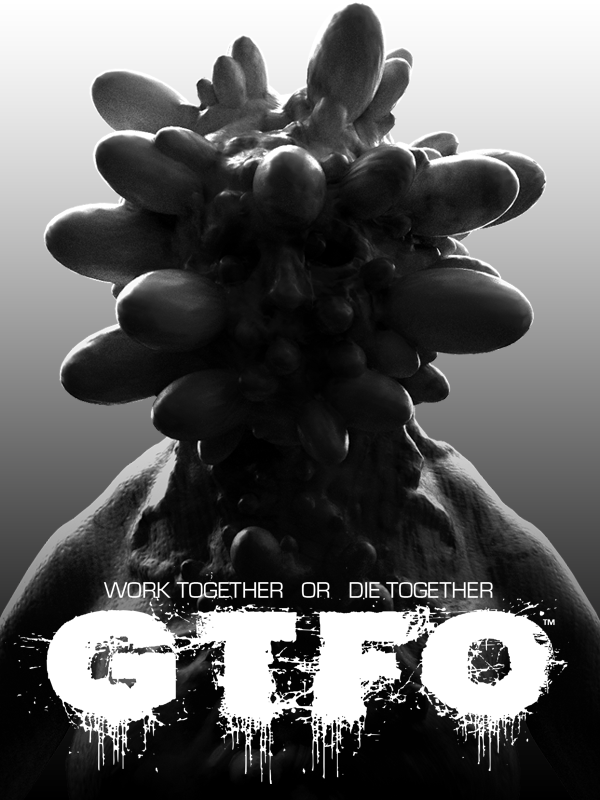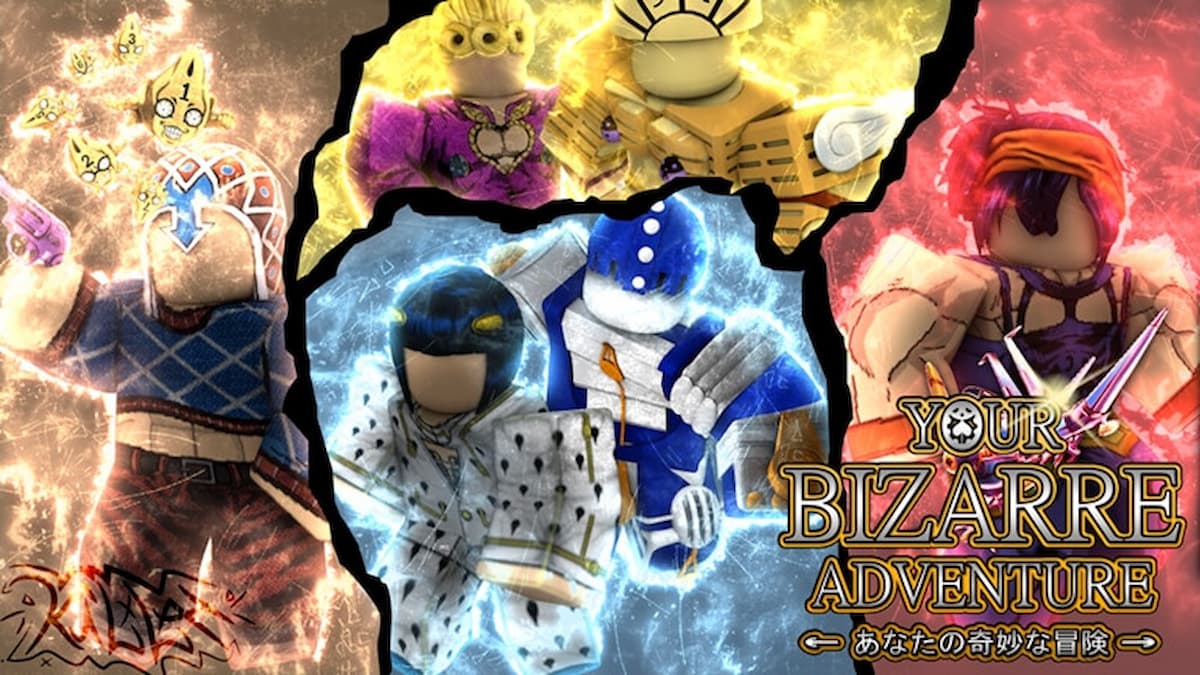Can you and your team survive long enough to GTFO? Here’s our Early Access review.
In GTFO, if you and your teammates are not communicating and working together, everyone loses. It’s a four-player, first-person cooperative game with puzzles, nasty abominations, with a severe survival horror vibe. You might think you dropped into a Left 4 Dead game, but the odds feel immensely stacked against you.
Together, you use unique equipment to give you the best tactical set-up for survival. You also need to spend time searching lockers and containers for supplies (usually accompanied by a small “hacking” minigame), and stealthily move past enemies to avoid detection, striking only when it’s safe to do so.
Puzzles, terminals, doors, and other actions require you to have all members of your team on standby and close to you to complete them. You can attempt these security protocols with less than four in your group, but the requirements do not lower depending on the team size. For example, when a door requires all four players to be within its security scanner at the same time.
If you play these missions solo, expect to do the work of four players. The game does not relent for you. There are no AI teammates. Developers 10 Chambers Collective has been eager to stress; this is not a game for lone wolves.
Currently, there is no matchmaking in the game. To gather a team, you need to join 10 Chambers’ Discord server set up by the developer so that players who are looking to take on the hordes for survival can find teammates and communicate. It’s not an ideal solution, but it does force players to meet others and work together.
Both matchmaking and voice chat are on the game’s roadmap. But this could remain an issue down the line when playing in areas where language barriers could make cooperation more complicated, such as in Europe.
The game doesn’t feel like early access, though. GTFO exudes a brooding atmosphere with dark but detailed environments and forms a great deal of the reason why it’s a scary game. Traversing as a group of four through its cramped corridors oozes a feeling of dread as you pace yourself around the maze of the map that crawling with humanoid aberrations simply dormant until you make a wrong move.
Echoing sounds of enemies in the distance always keep you on your toes, while character prompts can point out some useful items strewn about the environment. Enemy design is also very good with how creepy, but nearly human, the creatures look. There’s an enemy in particular which looks eerily reminiscent of a clicker from The Last of Us. Their design certainly adds to the game’s macabre ambiance.
They’re tough too. You seldom see a creature die to one bullet, so we recommend double-tapping at all times. Large swarms provide that rush of panic and claustrophobia that only a top horror game offers. Guns are meaty enough to feel like you’re holding them back, but not overly so. There’s plenty of ammo management and tool durability for your team to carefully manage during your adventure with all four members.
Glow sticks are also a smart addition, lighting the way without spooking enemies without providing all the answers to your path.
The structure of the game’s missions, known as The Rundown, is relatively intriguing. The game splits into tiered levels on the map, where you must complete the level on the top to gain access to the lower levels, where the difficulty ramps up from an already very challenging benchmark. Each level tailors to a specific adventure created by 10 Chambers Collective and are available for a set time as part of a cycle of missions.
This breakdown means that you could have a cycle of one week where you have five missions to complete, whereas the next cycle is 10 different missions, but you have longer to get through them, with a new set of objectives or overall goal in each set. 10 Chambers has crafted a fair amount of content, so this should mean that repeats will be few and far between. The levels shown so far also look flexible enough that they can be adjusted.
The amount of variety in the missions though remains to be seen for now, but it should become clearer as the game’s development concludes.
GTFO will not be for everyone. The speed is more exact, like Rainbow Six Siege than it is Call of Duty. You need plenty of patience to go through most of the game. The variety of enemies at the moment is relatively small, and small annoyances are present, such as spawning enemies from areas that your team has already gone through.
But the game is shaping up to be a cracker. It’s incredibly rewarding when reaching the end of a level for the sheer achievement, and it promotes dependency more so than many other four-player co-op games do. It’s tense, but not unfair, and usually down to player error that causes a team wipe. As mentioned, it’s very challenging, too, meaning that you can’t directly go into it haphazardly and expect to survive, so strategy also plays its part. We’ll see more of this once the planned progression systems arrive.
GTFO is an excellent example of an Early Access game that’s launched at the right time. There’s a substantial amount of content, and the core gameplay is there and is very good. With the roadmap’s expected improvements, GTFO is well worth getting invested in now.
Disclosure: Our Early Access code of GTFO was provided courtesy of 10 Chambers Collective.







Published: Dec 13, 2019 04:41 am